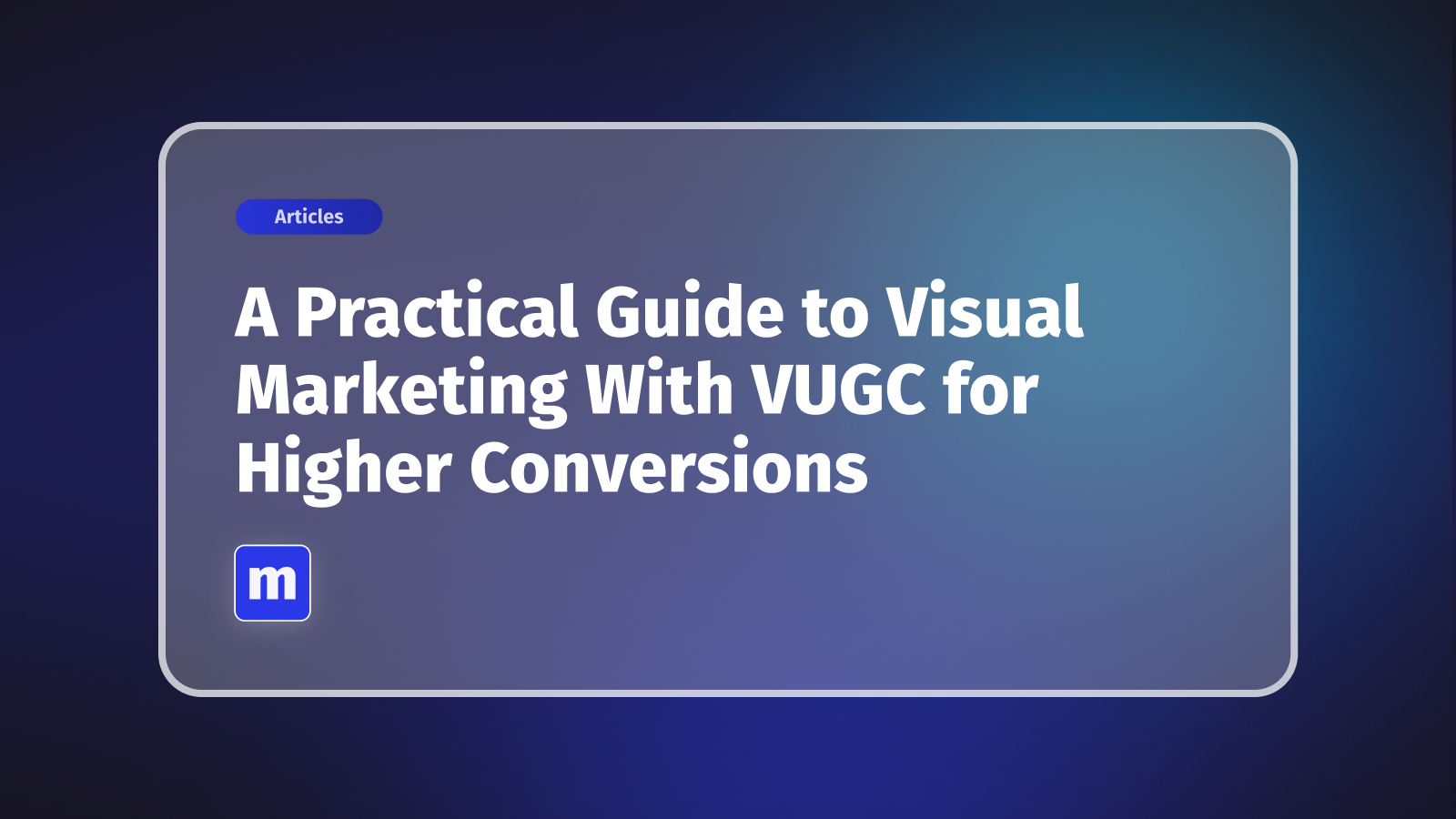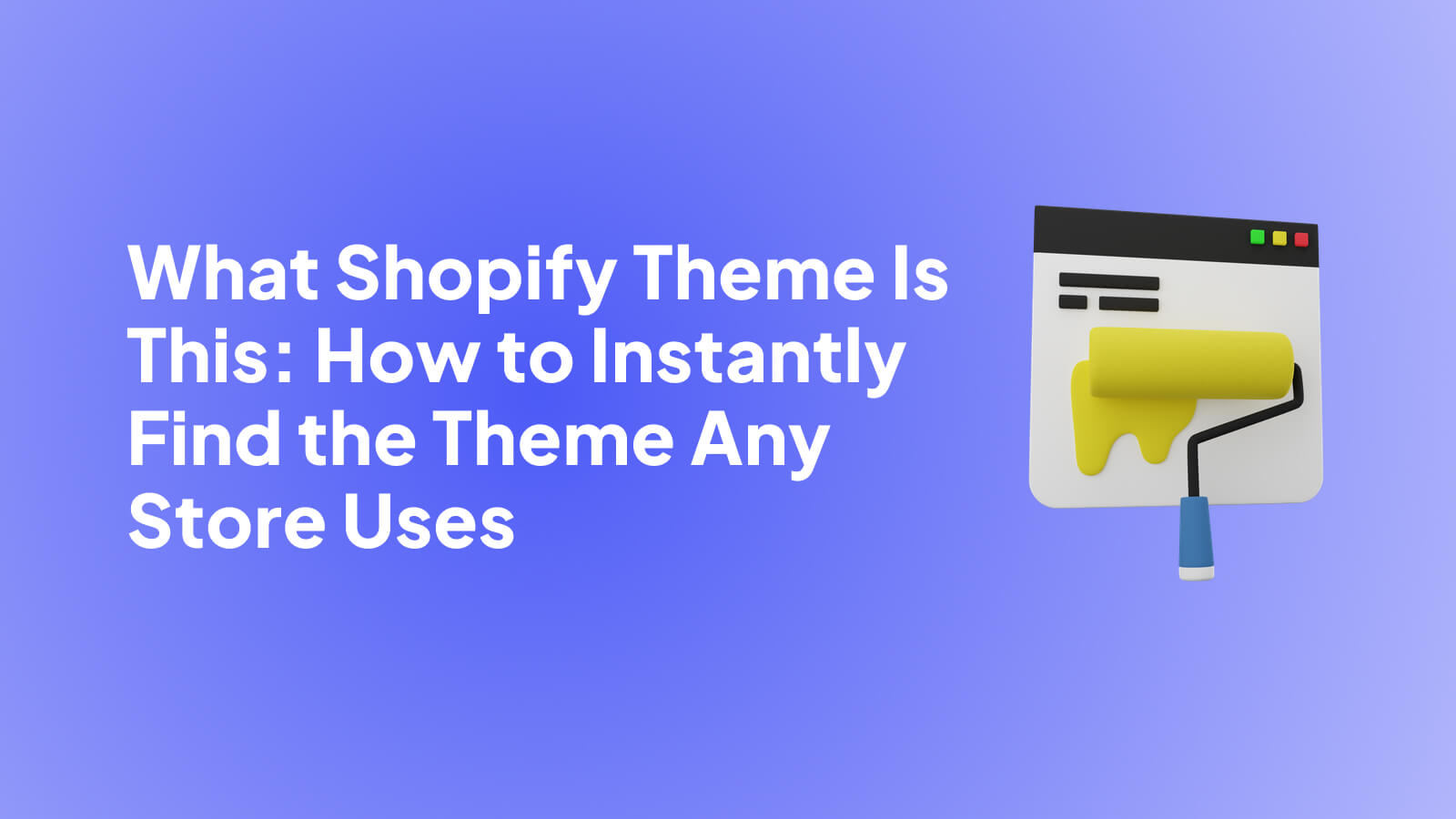
With an estimated 22,000 direct-to-consumer brands launching each year, eCommerce is increasingly becoming the de-facto shopping preference for consumers globally. The convenience of browsing a brand’s website and having your purchase arrive at your doorstep within a few days, all from the comfort of your home is unmatched. In fact, global e-commerce sales are nearly doubling year-over-year, which comes as a surprise to no-one.
The rampant pace at which consumers prefer to shop online, however, does not mean that there aren’t any problems with the online shopping experience. There is a never-ending list of items and strategies that merchants need to work on to offer a seamless shopping experience and optimize conversion rates.
In this article, we focus on questions and answers (Q&A): how you can use them effectively and how they can eliminate the uncertainty of buying online while boosting e-commerce sales from your website.
Understanding the Consideration phase in the Buyer’s Shopping Journey
The consideration phase of a buyer’s shopping journey is often the longest. With an abundance of tools, directories and resources at their disposal, the modern consumer wants to find out everything they can before making a purchase. During this phase, the buyer clearly understands their needs and is now committed to researching and understanding all available approaches to solving the problem. But despite the density of resources available, even the most comprehensive product detail page won’t address every possible question and scenario that crosses a consumer’s mind.
When a consumer has a specific question that goes unanswered, their purchase can end-up being a major blocker. In fact, 55% of shoppers will abandon an online purchase if they can’t find quick answers to their questions. This alarming rate adds critical importance to properly providing answers to consumer’s questions during the consideration phase.
.png)
Online Shopping Offers Constraints Not Found in Traditional Retail
It goes without saying that shopping online offers a significantly different buying experience than brick-and-mortar. While most of the problems with online shopping have been addressed and consumers have formed new habits, serious friction still remains. Through brick-and-mortar, many of a consumer’s outstanding questions can be answered by simply seeing and touching the product in-person. Specific questions about product performance or features can be answered by seeking out a sales associate.
Alternatively, buying online renders some of these hesitancies unaddressed. Sure, some product categories are bought online with ease. Items like basic clothing, accessories, books and games offer very little friction when purchased online. That’s mainly because there are very few features of the product that can’t be highlighted through the product description and their use cases are relatively limited. But shopping for larger, higher priced items like furniture, sporting goods, electronics, and appliances is a different story. Each of these products can be significantly differentiated and their use cases can vary. Since their cost of shipping is expensive (and thus the cost of returns), the ease of purchasing online decreases significantly.
How Q&A Can Positively Impact Purchase Behaviour
FAQs have become a pillar to any product or service offering. Providing a detailed Q&A section to a product page alongside product ratings and reviews help consumers make informed purchasing decisions. According to Power Reviews, when Q&A content is available, 99% of consumers will read it at least occasionally and brands can see a 157.1% lift in conversion when visitors interact with a Q&A.
With those kinds of results, Q&A is hard to ignore.
So what are their motives for reading Q&A? Shoppers are seeking out information that is not available in the product description or images. They often want more information about product quality, product experiences as well as overall service and experience when buying the product. More specifically, shoppers want answers from existing customers using the product in similar ways to them.
For example, a brand selling kayaks direct-to-consumer online may be able to answer general questions in their Q&A like the type of water the model is best suited for and how it performs. But what if a consumer wants to know exactly how this model will perform on the popular scenic river in their local town? Or what if a shopper wants to know exactly how his specific height and frame will fit into a certain kayak model?
.png)
The Best Q&A is User Generated
Some of these questions are best answered by existing product owners. Many brands try building their own Q&As on product pages. While this is a great strategy proven to increase conversion, a more authentic shopping experience can come from having verified existing product owners answer questions from shoppers.
Amazon currently provides the ability for shoppers to post questions on a product page. Once a question is posted, Amazon sends an email to past purchasers of this product asking them if they know the answer to this question. Having the question answered by a real customer creates a psychological difference in the buying journey. Knowing that the person that answered the question is a real customer and that they are simply sharing their own experience builds trust with the shopper.
Humanizing the Q&A experience with Moast
Moast’s powerful social commerce program allows brands to leverage their best customers to connect with their shoppers virtually or in-person. By implementing Moast, brands create unique and authentic shopping experiences where prospective customers can engage with existing customers before purchasing online. By building a community around a customer base, brands using Moast also increase their social proof (look, here’s an interactive map featuring real customers - talk to them and get first hand feedback!).
As we’ve outlined above, answering your shopper’s questions in a quick and easy manner can be a game-changer for your conversion rates. 24% of consumers are less likely to purchase a product if there isn’t a Q&A section on the product page according to the previously cited survey by Power Reviews. The stakes are simply too high to be ignored. Give your shoppers a unique Q&A experience and close sales faster.
Related content
Turn your social content into a revenue channel
Turn your TikToks and Reels into shoppable videos and boost conversions by 3.5x.












